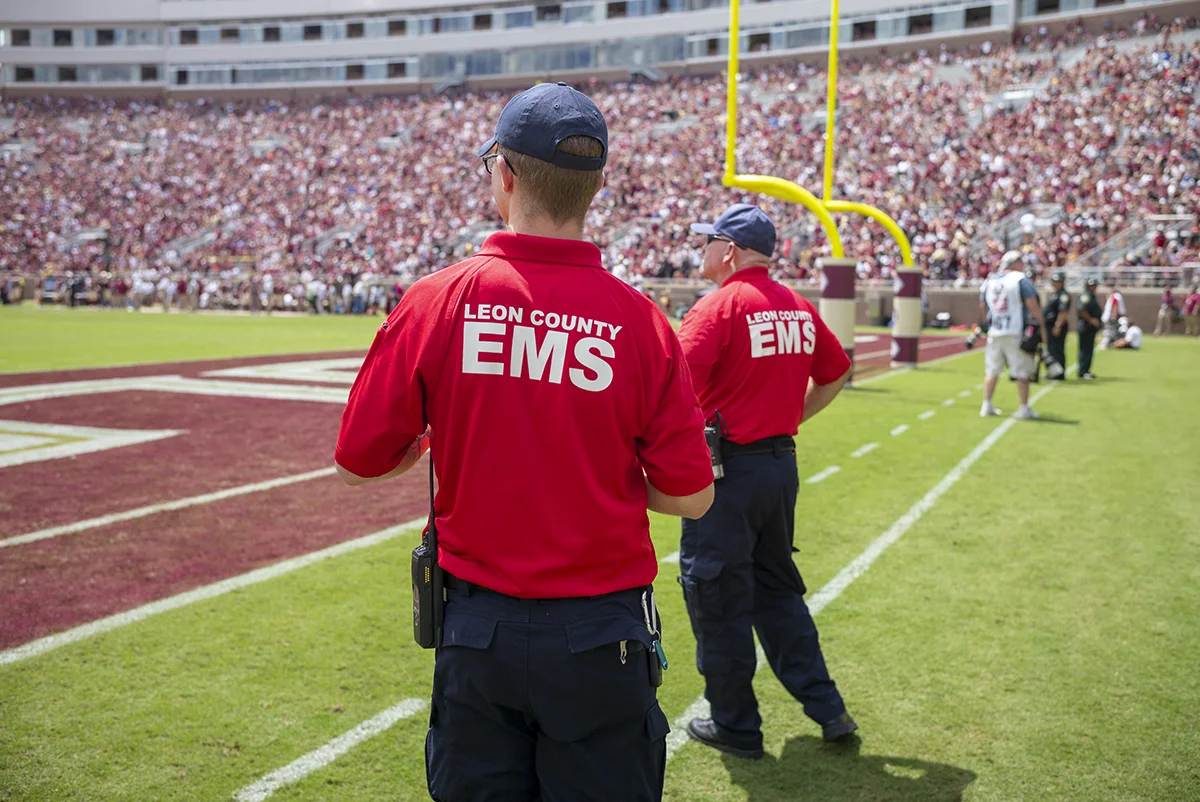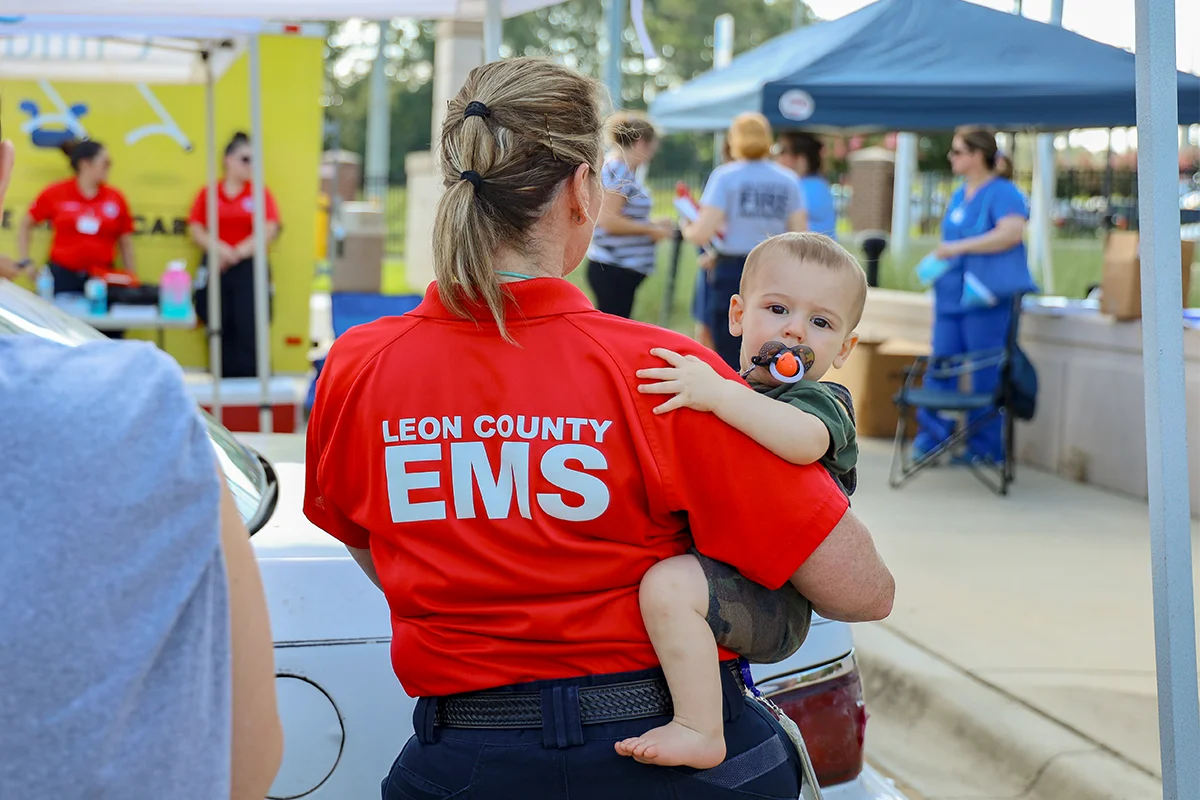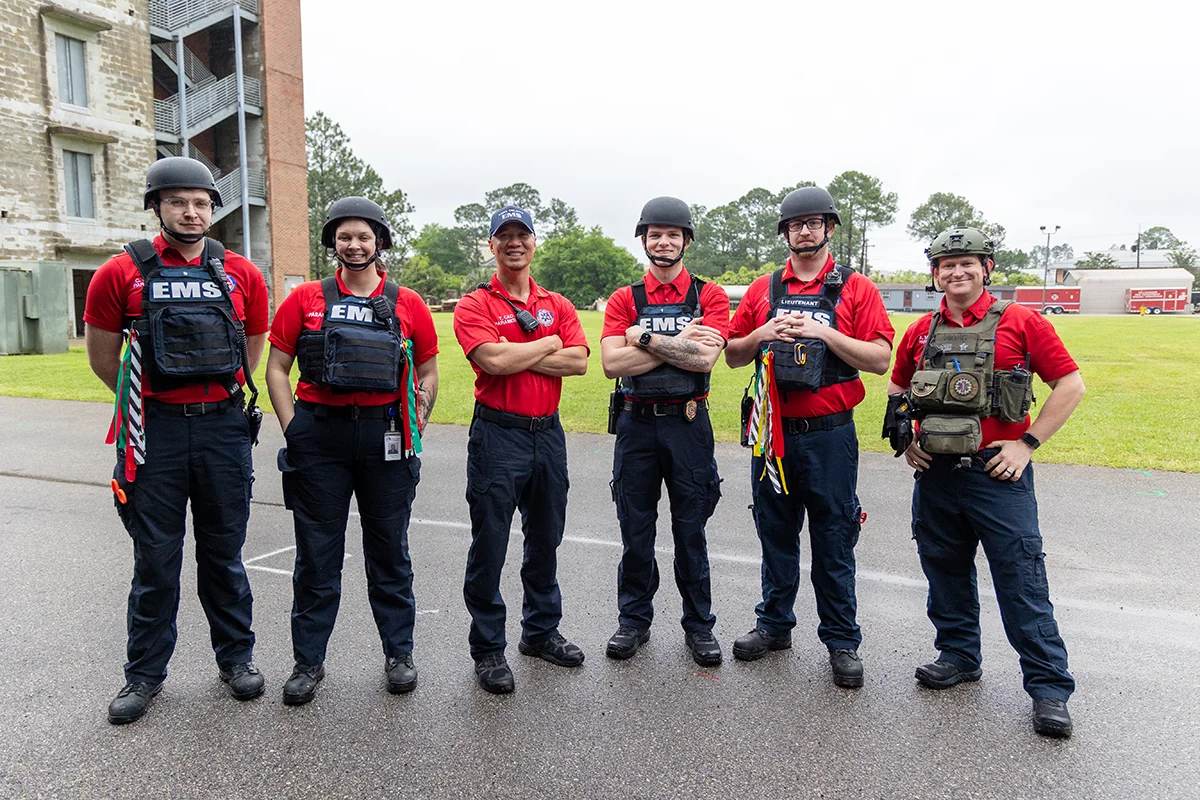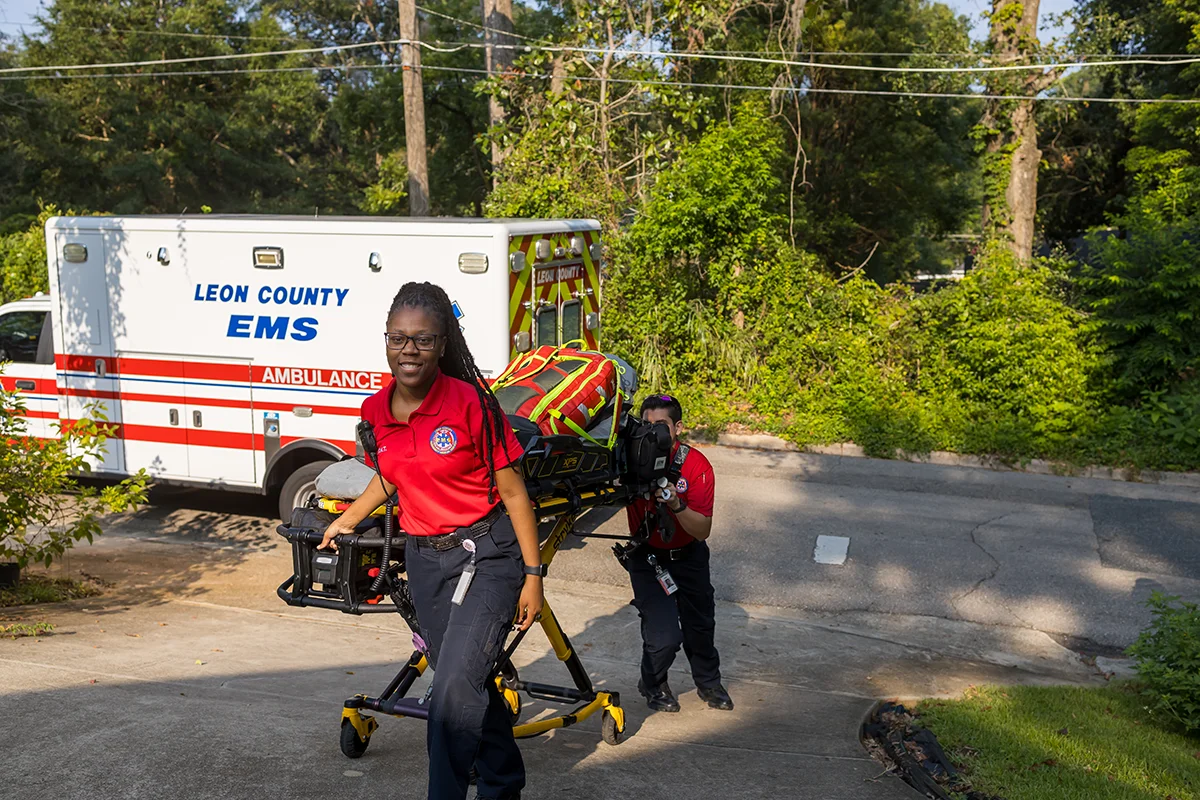Making a Difference, One Heartbeat at a Time.
Leon County: Florida's Capital County
Leon County is the center for economic development, outdoor adventure, and culture in Florida’s Panhandle. As the hub for state government, Leon County offers an affordable cost of living with access to a vibrant political scene, diverse arts and culture, and top-ranked universities. Only a short drive to natural springs, beaches, and other exciting cities within the state, Leon County is the perfect place to choose a career and settle down.

Why Choose Leon County EMS?
Leon County EMS was established on December 31, 2003, and proudly provides exceptional, lifesaving care and treatment to the residents and visitors of Leon County as well as serving the community through training and public education programs. In the last two decades, Leon County EMS has responded to more than 775,000 calls for service and transported more than 500,000 patients.
In addition to emergency care and treatment, Leon County EMS has implemented several innovative programs and initiatives to equip citizens with the skills, knowledge, and confidence to reduce injuries and increase survival rates. Through community programs and school visits, Leon County EMS continues to educate citizens on how to improve survivability through Stop the Bleed and cardiopulmonary resuscitation, or CPR, trainings.
A leader in response and survival, Leon County EMS has continued to exceed local, state, and national benchmarks by providing clinically superior, cost-effective emergency medical services and transport.

What Else Is Leon County EMS Involved With?
Leon County EMS includes specialized teams within the ranks, including:
- Critical Care Transport Team: Uses highly technical management and specially trained Paramedics to provide advanced care to critically injured or ill patients.
- Tactical Medic Program: Specially trained Paramedics work alongside the Leon County Sheriff’s Office SWAT Team to provide medical care in the event of a high-threat civilian tactical and rescue operation.
- Community Education Team: Provides education and training to the community to help avoid injuries including CPR events, first aid, car seat safety, bicycle and pedestrian safety, distracted driving awareness, and our Leon Lifesaver robotic ambulance that teaches children about 911 use and stranger danger.
- Special Operations Team: Activates in the event of a disaster to provide medical coverage. The team is also stationed at FSU and FAMU sporting events as well as road races, athletic events, parades, concerts, and festivals throughout the community.

A Day in the Life at Leon County EMS
With a variety of shift schedules, an EMT’s or Paramedic’s day at Leon County EMS can range anywhere from eight to 24 hours, with the most common shift rotation being 12 hours.
A typical day starts with conducting an inventory of your ambulance and preparing the lifesaving equipment one might need for any type of emergency.
Then it’s off to a 911 call! The two-person crew will use emergency lights and sirens, radio communications and mapping systems to arrive safely on scene with the assistance of the 911 dispatch center.
These calls can vary from a life-threatening heart attack to a vehicle accident to assisting an elderly person back into bed.
With physician orders and medical guidelines, an EMT or Paramedic will use the appropriate skills, knowledge and training to treat the patient, which could include transporting them to a local emergency department.

Recent Awards
- 2025: Mission: Lifeline EMS Gold with Target Heart Attack Honor Roll from the American Heart Association
- 2024: EMS Partner in Care from the American College of Cardiology
- 2024: Mission: Lifeline EMS Gold with Target Heart Attack Honor Roll from the American Heart Association
- 2024: Community Service Impact Award from Tallahassee Memorial Hospital
- 2023: EMS Provider of the Year from the Florida Department of Health
View more awards.
Have questions? Contact Deputy Chief Darryl Hall at 850-879-0283 or HallDa@LeonCountyFL.gov.